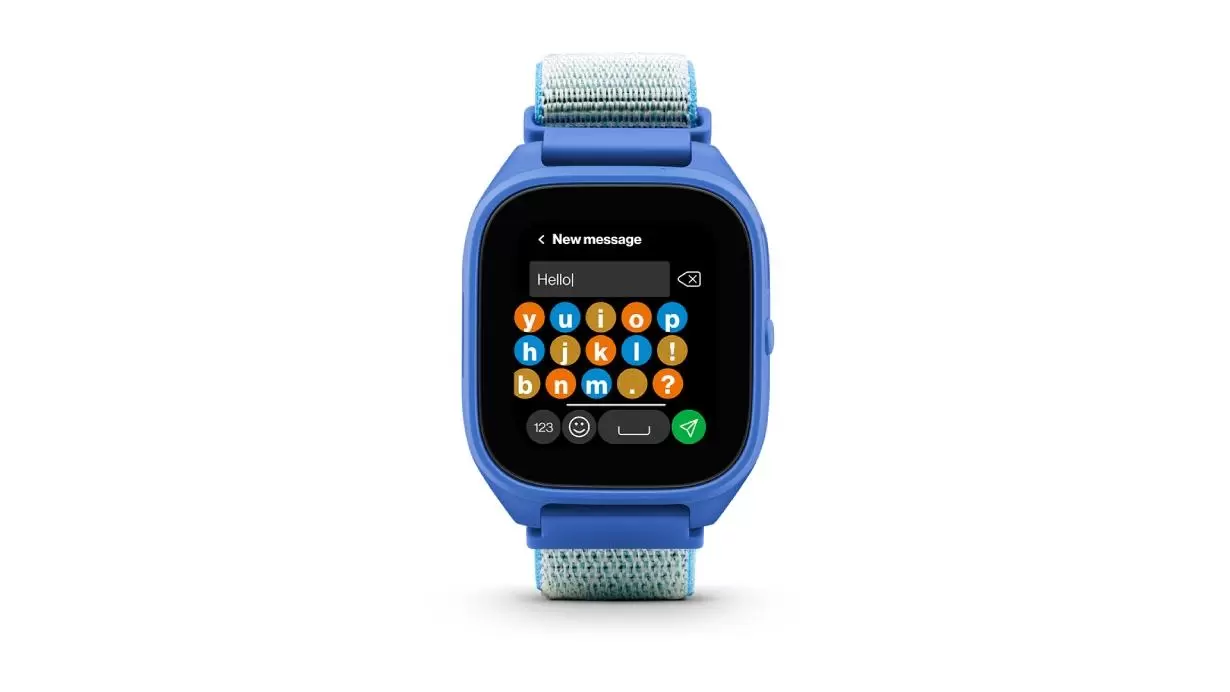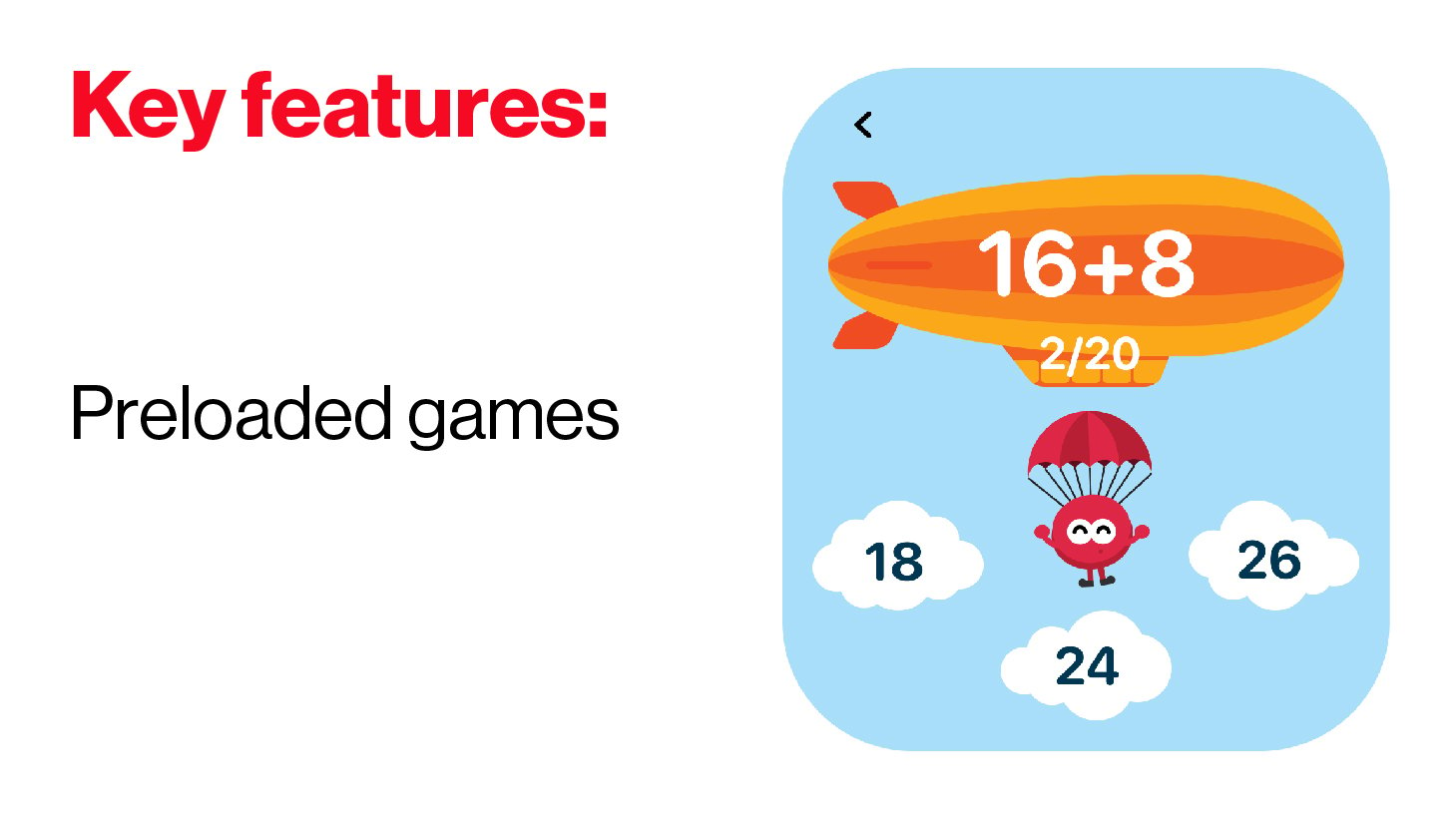Gizmo 3 Adventure Vs Gizmo 3

The seemingly innocuous world of children's educational software is currently embroiled in a quiet but significant controversy. Two versions of the same program, Gizmo 3, are creating a divide amongst educators and parents: Gizmo 3 and Gizmo 3 Adventure.
While both purport to offer engaging learning experiences, the subtle differences in content, accessibility, and pedagogical approach have sparked a debate about which version best serves the needs of young learners. The future of educational software, and its role in shaping young minds, hangs in the balance.
At the heart of the matter lies a fundamental question: What constitutes effective educational technology? The differences between Gizmo 3 and Gizmo 3 Adventure, are more than just aesthetic choices, and have real-world implications for learning outcomes.
The Nut Graf: Unpacking the Differences
Gizmo 3, the original iteration, is a more structured, curriculum-aligned program. It focuses on delivering specific educational content through interactive simulations and exercises. The program is favored by teachers who need a reliable tool that meshes with existing lesson plans.
Gizmo 3 Adventure, on the other hand, presents a more gamified, open-ended learning experience. Users explore a virtual world, completing quests and solving puzzles to unlock new content. This version is seen as more engaging for some children but less directly tied to specific curricular objectives.
The core controversy stems from concerns regarding the balance between engagement and educational rigor. Does Gizmo 3 Adventure’s focus on entertainment detract from its effectiveness as a learning tool? Or does Gizmo 3’s more traditional approach fail to capture the imagination and attention of today’s digitally native children?
The Core Content: Curriculum Alignment vs. Exploration
Gizmo 3’s strength lies in its explicit alignment with national and state educational standards. According to a statement released by ExploreLearning, the creators of both versions, Gizmo 3 is "designed to seamlessly integrate into existing classroom curricula, providing teachers with a readily available resource to reinforce key concepts." Teachers have praised this alignment.
This structured approach, however, has been criticized by some as being overly rigid and prescriptive. Critics argue that it stifles creativity and limits opportunities for independent exploration. "It feels like just another worksheet, but on a screen," says one elementary school teacher from California, who preferred to remain anonymous.
Gizmo 3 Adventure adopts a more constructivist approach to learning. It emphasizes discovery, problem-solving, and self-directed exploration. The program’s narrative-driven structure encourages children to learn through active participation, rather than passive reception.
However, critics of Gizmo 3 Adventure question its ability to deliver consistent and measurable educational outcomes. Some fear that the program's open-ended nature may lead to unfocused learning and a superficial understanding of core concepts. "It's fun, but is it really teaching them anything substantial?" asks Sarah Miller, a parent of two young children, in an online forum.
Accessibility and Implementation: Addressing the Digital Divide
Accessibility also plays a critical role in the debate surrounding Gizmo 3 and Gizmo 3 Adventure. The original Gizmo 3 is generally considered to be more accessible across a wider range of devices and internet connection speeds. This is a crucial consideration for schools in underserved communities with limited resources.
Gizmo 3 Adventure, with its more complex graphics and interactive features, requires more robust hardware and a stable internet connection. This could inadvertently exacerbate the digital divide, creating unequal access to educational resources for children from different socioeconomic backgrounds. This concern has been raised by multiple education advocacy groups.
The implementation of either version also presents challenges. Effective integration into the classroom requires teacher training and ongoing support. A 2022 study by the National Education Association (NEA) found that many teachers lack the necessary training and resources to effectively utilize educational technology in the classroom.
Without proper support, even the most well-designed educational software can fail to achieve its intended impact. This emphasizes the importance of investing in teacher professional development and providing ongoing technical assistance.
Pedagogical Approaches: Engagement vs. Rigor
The core philosophical difference between Gizmo 3 and Gizmo 3 Adventure lies in their respective pedagogical approaches. Gizmo 3 embraces a more traditional, teacher-centered model, where the instructor guides students through a predetermined curriculum. The focus is on delivering clear, concise instruction and assessing student comprehension through standardized assessments.
Gizmo 3 Adventure, in contrast, aligns with a more student-centered, inquiry-based approach. This model emphasizes active learning, collaboration, and self-discovery. Students are encouraged to explore, experiment, and construct their own understanding of the world.
The debate over which approach is more effective is ongoing. Some argue that the traditional model provides a more solid foundation in core knowledge and skills. Others contend that the student-centered model fosters critical thinking, problem-solving, and creativity. Some education experts believe it's possible to have the best of both worlds.
The Future of Educational Software: Finding the Right Balance
The future of educational software likely lies in finding a balance between engagement and rigor. As technology continues to evolve, developers must strive to create programs that are both entertaining and educational. This requires a deep understanding of child development, learning theory, and curriculum design.
Furthermore, developers must prioritize accessibility and equity. Educational software should be designed to be accessible to all children, regardless of their socioeconomic background or learning style. The digital divide must be addressed to ensure that all students have equal opportunities to succeed.
Ultimately, the success of educational software depends on its ability to empower teachers and students. By providing engaging, effective, and accessible learning tools, technology can play a vital role in shaping the future of education. This will likely require collaboration between educators, developers, and policymakers to define standards.







![Gizmo 3 Adventure Vs Gizmo 3 Cute Social Game Music Pack 3 [Adventure] | Electronic Music | Unity](https://assetstorev1-prd-cdn.unity3d.com/key-image/ee7a92de-5ccc-4849-89fa-3ea2f05381e6.jpg?v=1)

![Gizmo 3 Adventure Vs Gizmo 3 【03.03.24】《探险之旅:奇妙世界3(Adventure Trip Amazing World 3)》RAZOR硬盘版[EN] - PC](https://att.3dmgame.com/att/forum/202403/03/155621ug4nzasvnm4ja1m1.png)

![Gizmo 3 Adventure Vs Gizmo 3 [Rogue Trader | Ep 23] We're about to start our Act 3 adventures 🔸](https://i.ytimg.com/vi/S-QDq4B14Lw/maxresdefault.jpg)




